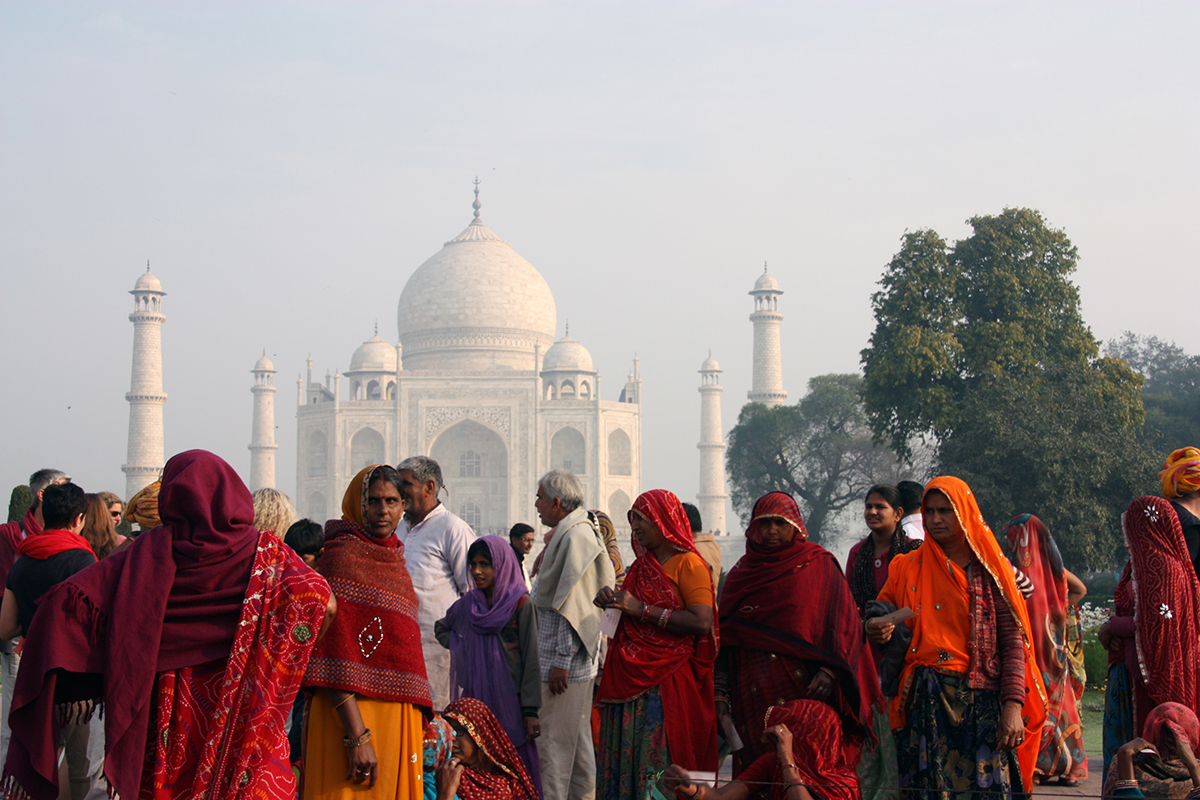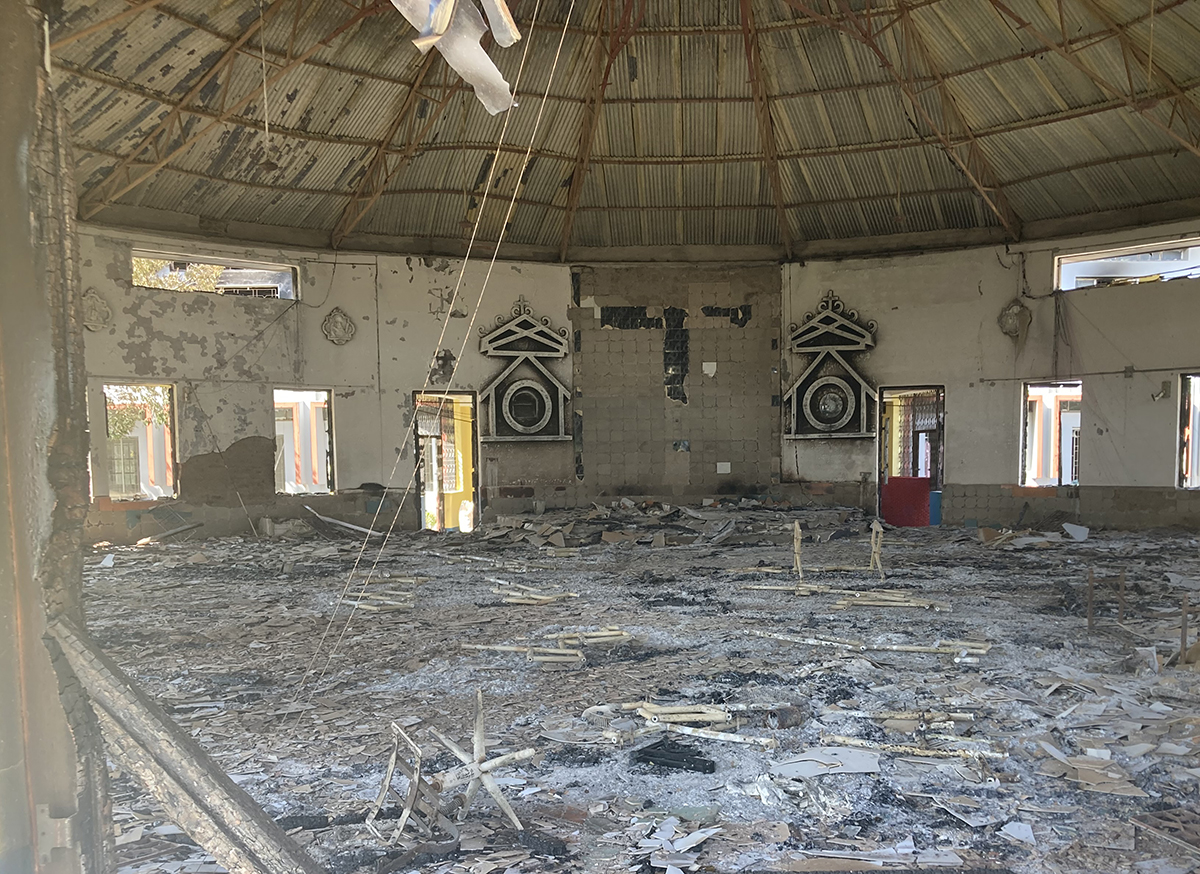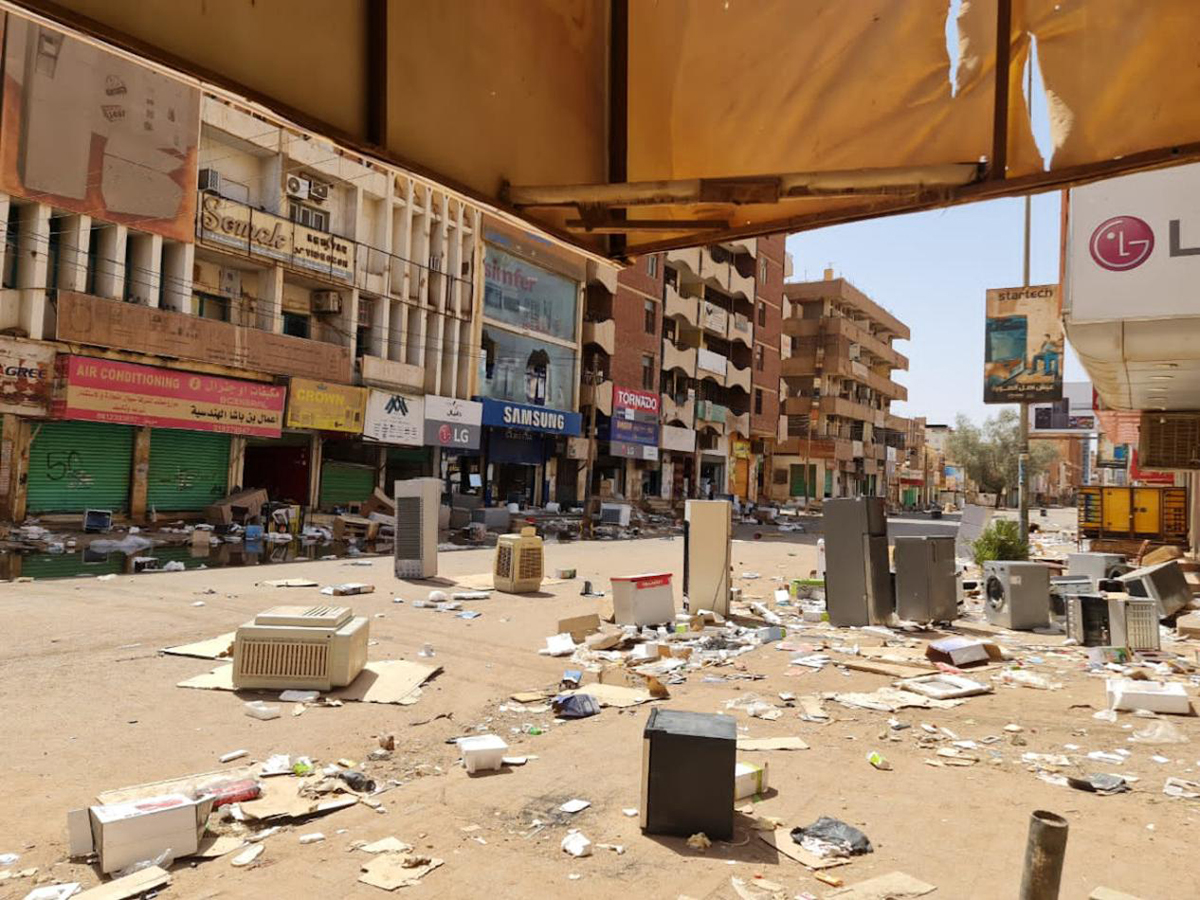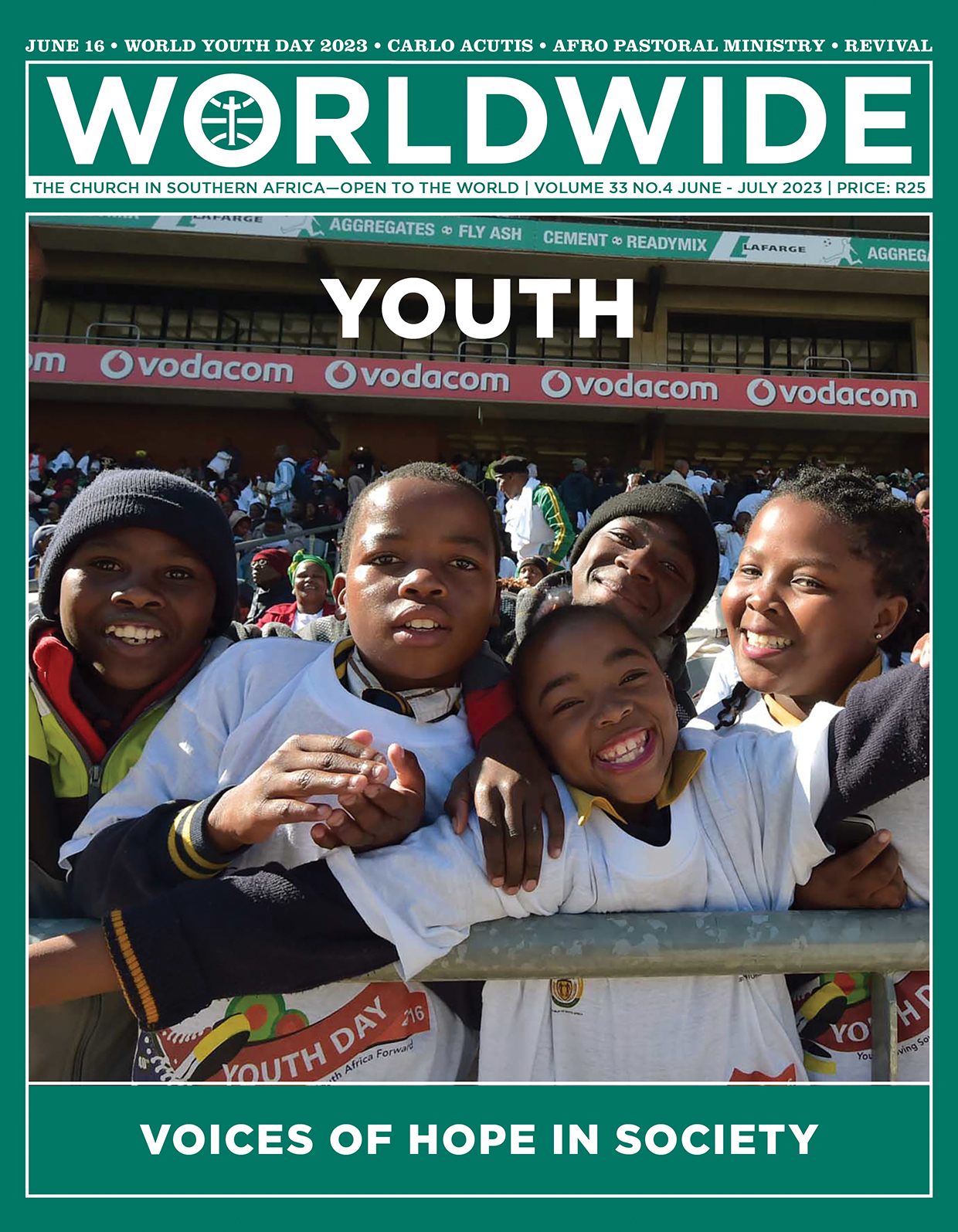
YOUTH: VOICES OF HOPE IN SOCIETY
The front cover image shows youngsters commemorating Youth Day at Orlando Stadium in Soweto, the same location where an uprising against the use of Afrikaans as a vehicular language of education took place in 1976.
Some might see June 16 only as a public holiday, nevertheless, gratitude goes to those who strived on behalf of the youth for an inclusive and better education. Many youths today still face great challenges and need strong support in order to receive an integral formation which prepares them for a bright future.
RADAR • CONNECTIONS
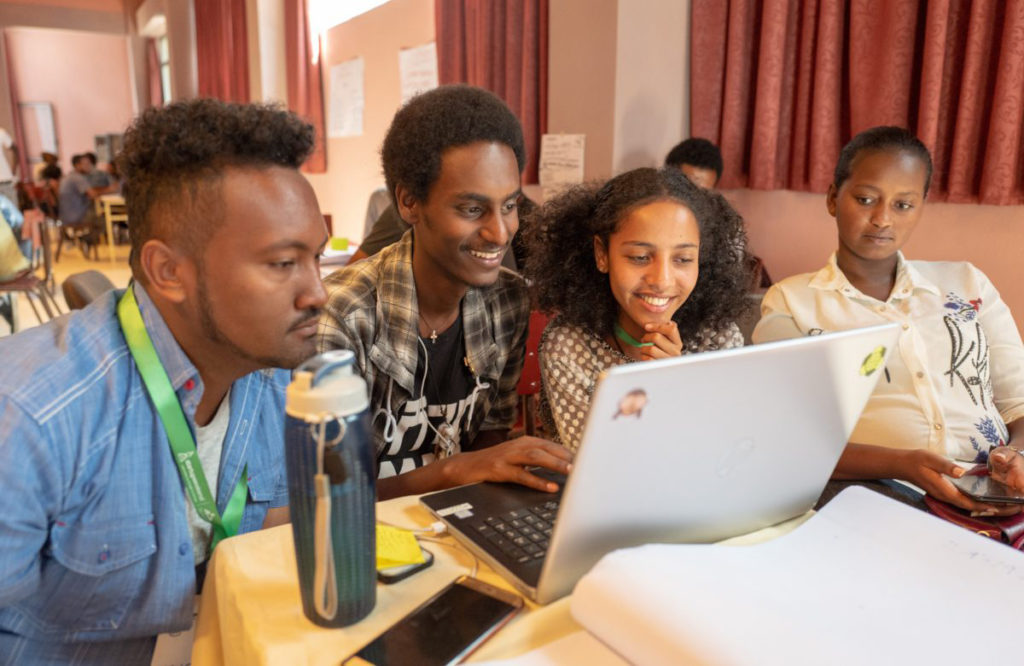
Credit: ecomnewsafrique.com.
It’s not what you know, it’s who you know
Youth unemployment in SA is estimated at 45%. However, through networking, building social connections and using community resources, young people can increase their chances of being hired, say activists Pearl Pillay and Khaya Sithole
BY Michael Barthelemy
A YOUTH Central study found that 95% of 700 subjects polled said that social connections helped in the hiring process.
“When we talk about social connections, one of the things people constantly say is that it’s not necessarily what you know, it’s who you know,” Pillay said. “Especially when you’re job-seeking, the importance of having people who can connect you to opportunities and people who know how, for example, job-seeking and recruitment and interviews work, is really valuable.”
Pillay found her way to Youth Lab 10 years ago through a connection. While attending an event hosted by Activate! Change Drivers, Pillay learnt that she had been expelled from the University of Witwatersrand for her role in a disruptive pro-Palestine protest. Two members of Youth Lab were in the room with Pillay and offered her a job interview at the organisation.
“Sometimes you just need one person, right? One person with the right kind of network, or who’s in the right place at the right time,” Pillay said. “Sometimes it’s not even about directly knowing a person, it’s about having access to a particular kind of space, having access to a particular set of events, or workshops or seminars. You just never know who’s in the room.”
Sithole explained that poverty can be divided into two forms. The first is when one is a minor and can benefit from social grants and receive free schooling. Once one turns 18 and graduates from the social safety net, there is no longer guaranteed schooling or child grants.
Poverty past the age of 18 is categorised as “economic poverty” because the only way to combat it is to join the economy.
“[Economic poverty] can last anywhere up to 50 years, because you can go from the age of 15, up until the age of 64, at which point in time, you may then migrate back into the social protection system,” Sithole said. “What we’ve seen over time is that people in the job market are working until very late in their lives because they know that they haven’t saved enough for pensions.”
Employees working past their retirement age have crowded the workforce and devalued the “currency” of a matric school certificate, said Sithole.
“Until you see that transition of people of a certain age leaving the job market to open up spaces for young people to transition, we have a new problem that is manifested when new job opportunities are not created,” Sithole explained.
Youth employment programmes, such as YES, are designed to put young job seekers in a position to be noticed by employers. YES is a 12-month programme that connects young people with businesses and teaches young people about job application skills. However, while these programmes put applicants into entry-level careers, the stagnant job market halts momentum.
“Their intentions are absolutely wonderful and they’re very noble,” Sithole said. “But the YES programme couldn’t force South Africa’s economy to grow by five or 6% in order for spaces to open up and for the beneficiaries of the programme to stand a good chance of getting into the job market. We aren’t creating jobs as a country.”
Both panellists emphasised the importance of community for young people trying to get a foot in the employment door.
“I think we often underestimate the contribution that we can make as communities with each other,” Pillay said. “I may not have money to directly help somebody find a job, but I might have a car and I could take someone to a job interview. I might have clothes that somebody could use.”
“One of the best ways in which you can mobilise [employment] is to coordinate some of the job communication,” Sithole explained.
“Some Twitter accounts are very good at sourcing different job opportunities and posting them. People know that if they regularly check in there, they’ll be able to see something. Others simply are in the habit of sharing information that enables people to know how to navigate their way through some of the difficult challenges that exist [in the job market].”

